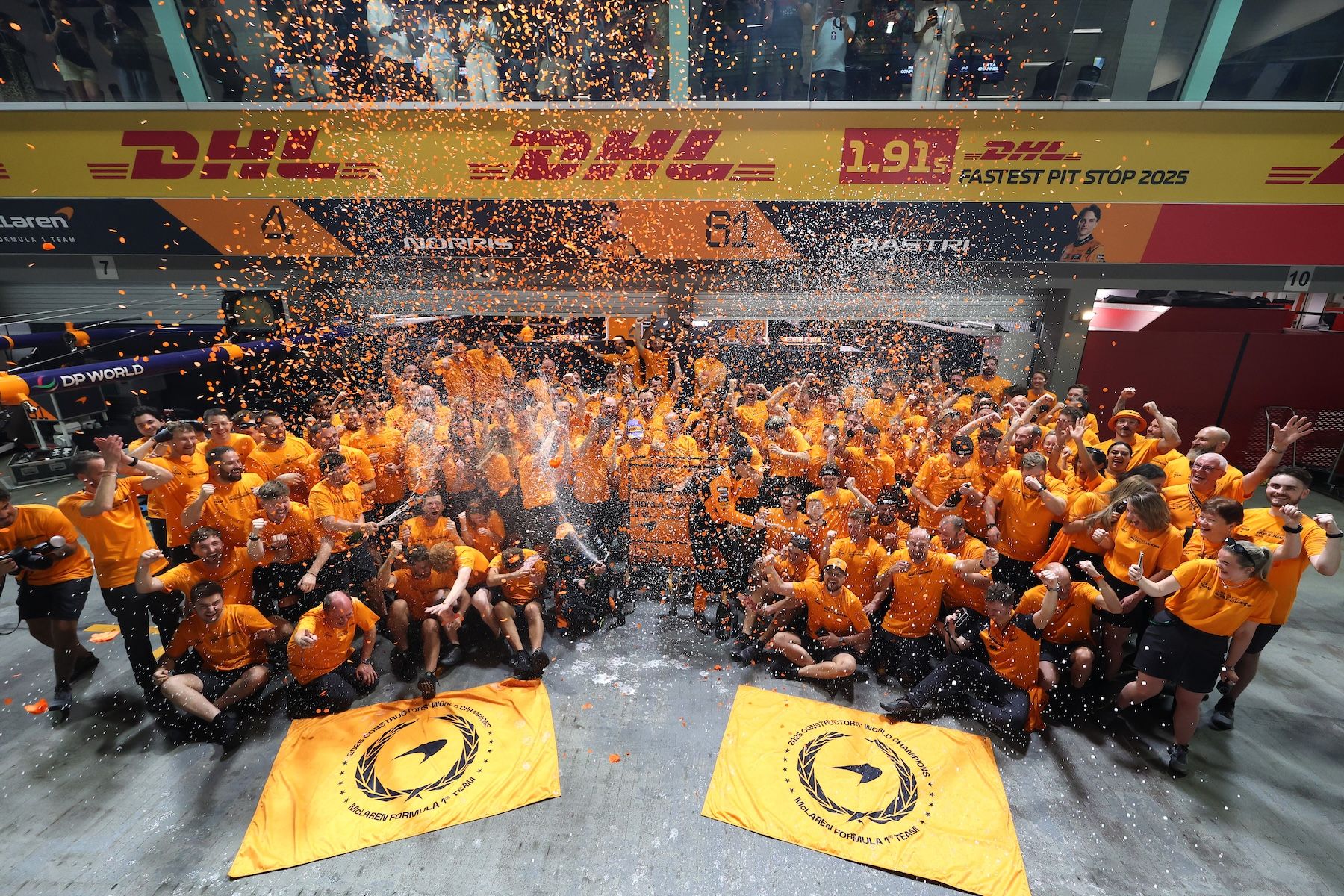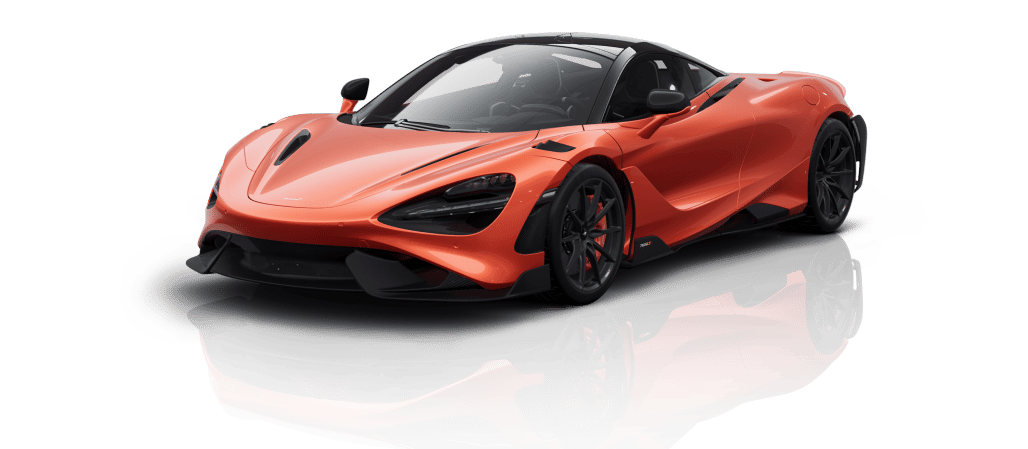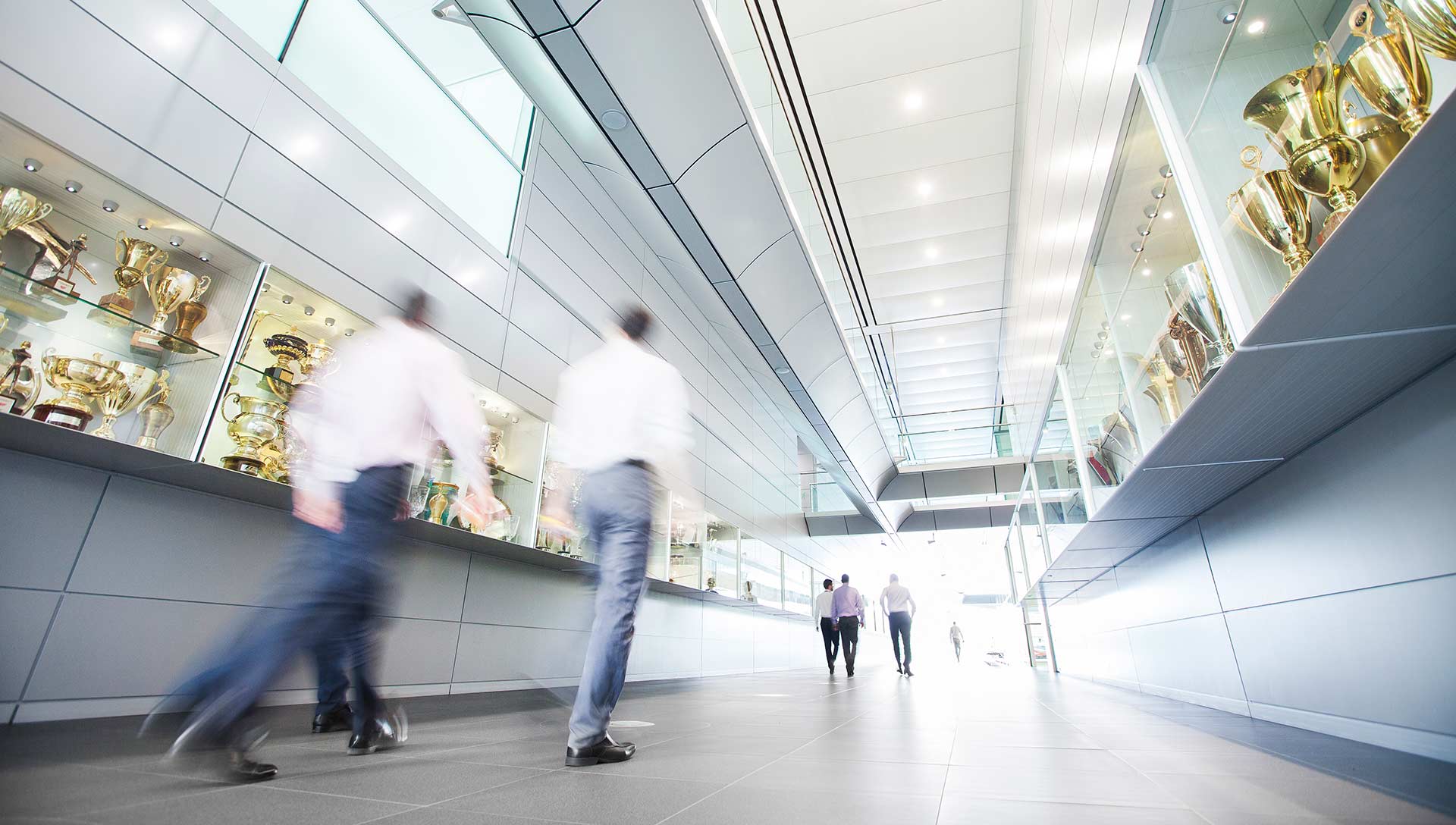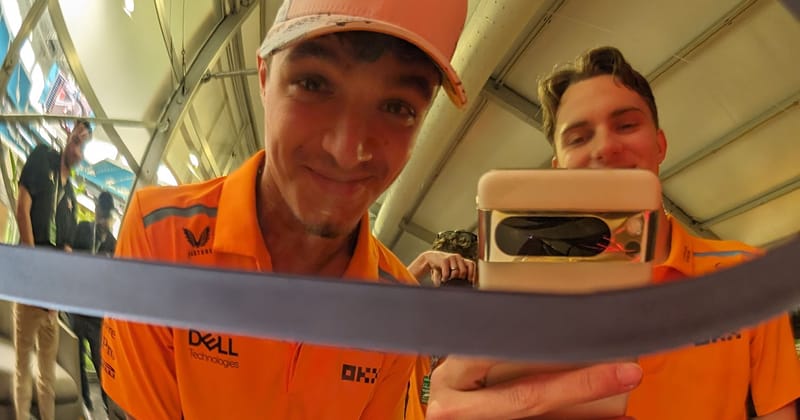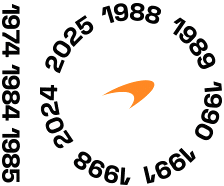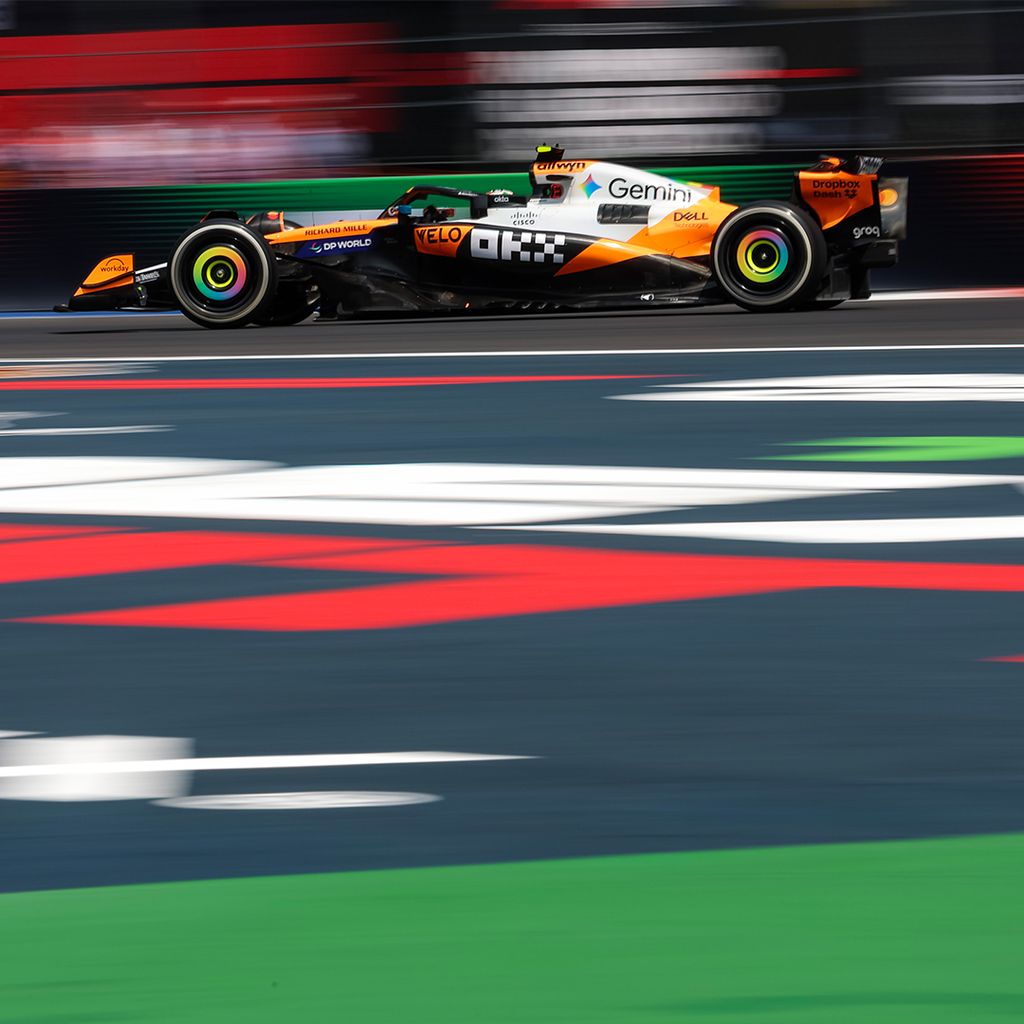
The Mexico City Grand Prix Briefing - powered by Google Cloud
Planning for Pato, tackling the calendar’s highest circuit, and why we can cope with the bumps: Answering this weekend’s key questions

Welcome to The Briefing, where we’ll be answering the key on-track questions ahead of the Mexico City Grand Prix.
Each week, powered by Google Cloud, we’ll be speaking to one of our trackside experts to walk you through the biggest talking points and provide you with a simplified guide of what you’ll need to know to jump straight into the action. This week, ahead of FP1, we spoke to Will Joseph.
The Autódromo Hermanos Rodríguez is famous for two things: its unique stadium section, in which cars drive through an old baseball arena, and the fact that it’s really, really high up. The latter, obviously, requires a lot more preparation than the former.
At 2,285m above sea level, the thinner air generates less grip and downforce while demanding more from the car and its power unit, making cooling more important. This will make up a crucial part of the team’s testing across the three Free Practices sessions. We’ve also got Pato O’Ward in the car for the first of those sessions, as part of the Sporting Regulation requirement to field a rookie driver in at least four FP1 sessions a season.
In this weekend’s edition of the briefing, with Will's help, we’ll explain all of the above and examine how it will affect us. We’ll also walk you through what work we’ll have Pato doing in the MCL39.
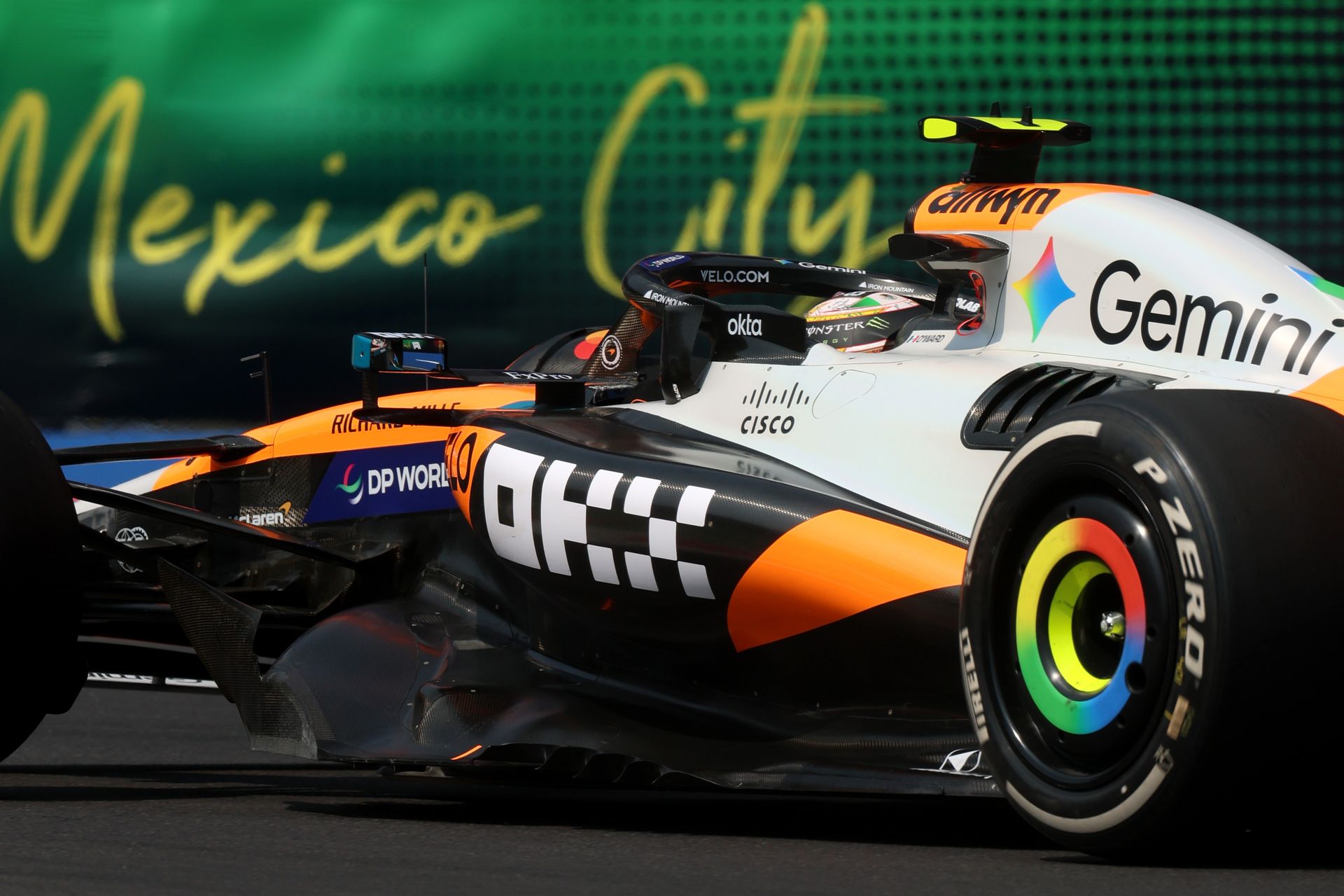
You have Pato in your car for FP1. Is the session plan the same for him as it would be for someone having their first experience of an F1 car?
Not really. Pato has driven the car enough that there are all sorts of things with which we don't need to get up to speed. Of course, he hasn’t driven the MCL39 yet, so it’s still a jump from any other car into this one. So, less like a rookie because he’s driven FP1 sessions before, and is used to driving in big events, but not a case of taking anything for granted. Of course, we still need to do due diligence to make sure he operates the car correctly and doesn't put himself or the team at risk - in that sense, it doesn’t matter if he’s a rookie or not.
Is there anything in the plan that isn’t race-specific?
Not very much! We will do a little bit of stuff with Pato that's maybe slightly more fundamental, but from the outside it wouldn’t be obvious, and it’ll benefit us this weekend and help us with our understanding for the remainder of the year.
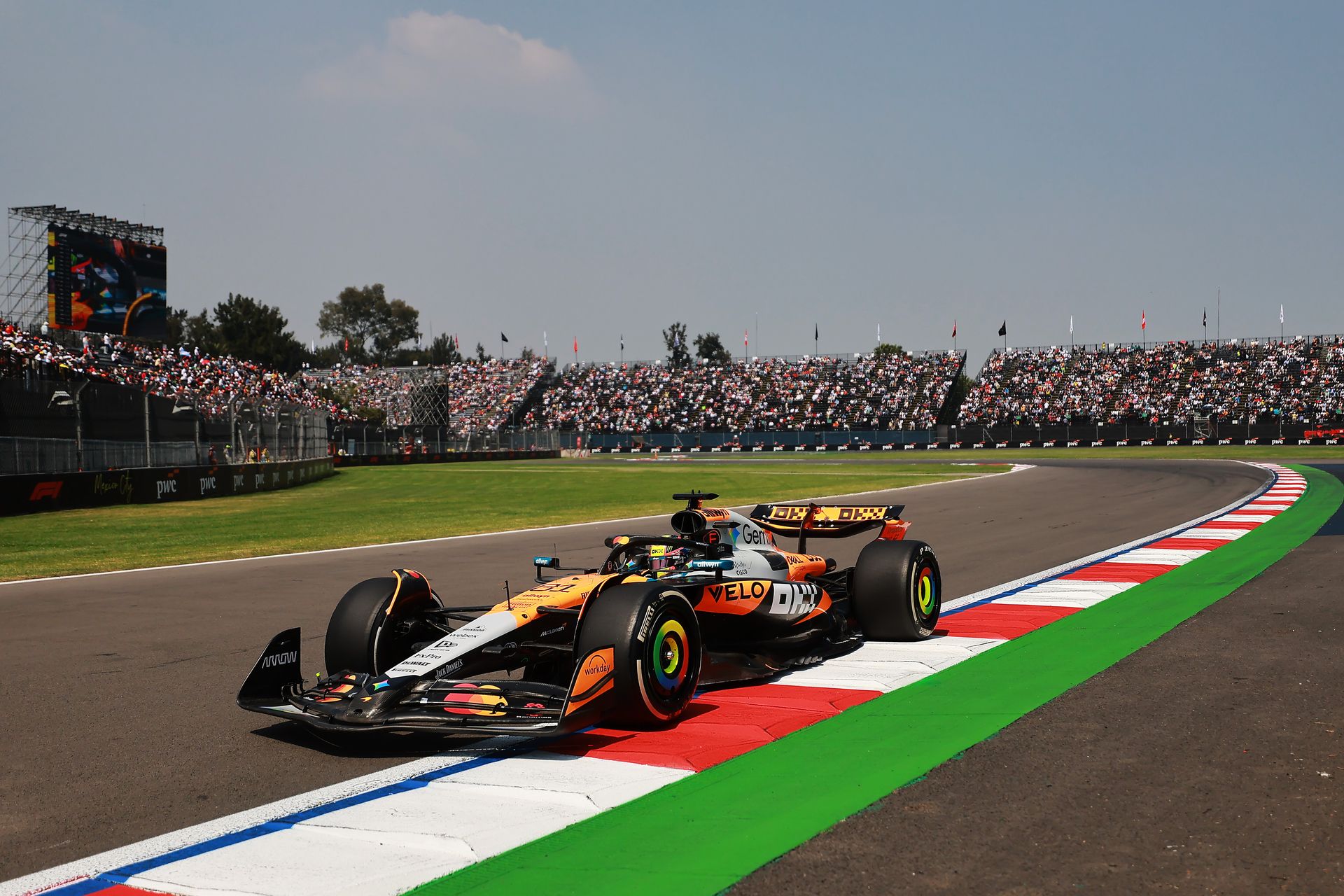
We’re on a very different circuit and at a very different altitude from where we were last weekend. What are the learning priorities today?
The low air density here is a huge factor, and understanding the impact that has on cooling is always a very high priority. We need to know if we have the right cooling capacity, what impact following has on cooling, and whether we can afford to close up the car and have a little bit less.
We start with whatever cooling level we think will be optimal, and have the option of closing the car up or going more conservative if that’s what the data is telling us to do, accepting the drag penalty. But even things like the downforce level you settle on can affect cooling. Loading up the wing more will draw more air through the bodywork, so if we struggle with cooling at one wing level, we may decide to run more downforce for cooling, making a trade between bodywork drag and rear wing drag.
Rear wing choice is always a factor in its own right. On paper, the maximum downforce rear wing is still the quickest – but it comes with quite a lot of drag, even at this altitude, and therefore it’s always a quandary to know whether it might be better to take some downforce off, in order to not be slow on the straight. That’s especially valuable at the start, with the very, very long run down to Turn 1. With that in mind, we’ll probably start both cars one step down from maximum downforce.
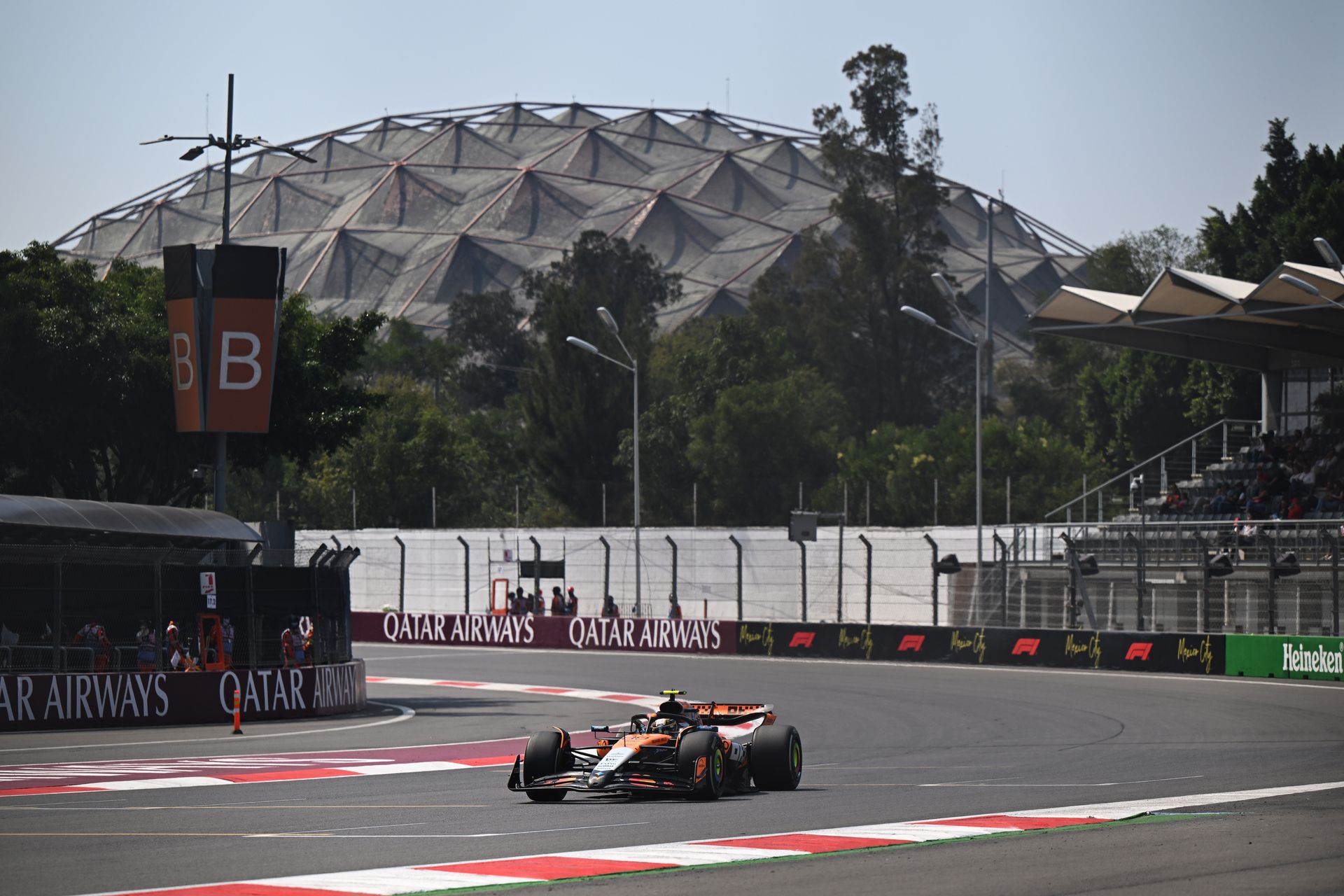
Ride height, as always, is something we want to learn about. A peculiarity of this circuit is that you don’t wear the skids very much, but you still have to figure out how low you can go.
The Autódromo Hermanos Rodríguez’s very high speeds on the straight tend to obscure the fact that this is a circuit of predominantly low-speed corners, except for the section of faster curves between T7-T11. There’s always a bit of a trade-off between helping the car hit the kerbs at low speed and having a slightly more performant car at high speed.
Finally, this is one of those circuits where there’s a gain to be made from giving the drivers track time. The downforce is low, and the cars behave differently. The lack of aerodynamic grip will often expose balance complaints that you just don't get at other circuits. You will experience issues like under-rotations, the number of kerb strikes, how the car settles after coming off a kerb, and hopping, three-wheeling... It’s a unique place, and we have to understand it.
The track has quite a few bumps. Do you have to cope with those, or can they be avoided?
The low air density actually helps us here - we can run soft in Mexico, without losing too much ride height, because there simply isn’t the aerodynamic load to compress the car. It makes you a little more willing to run the car soft and run over those bumps. It’s the kerbs that grab more of our interest.
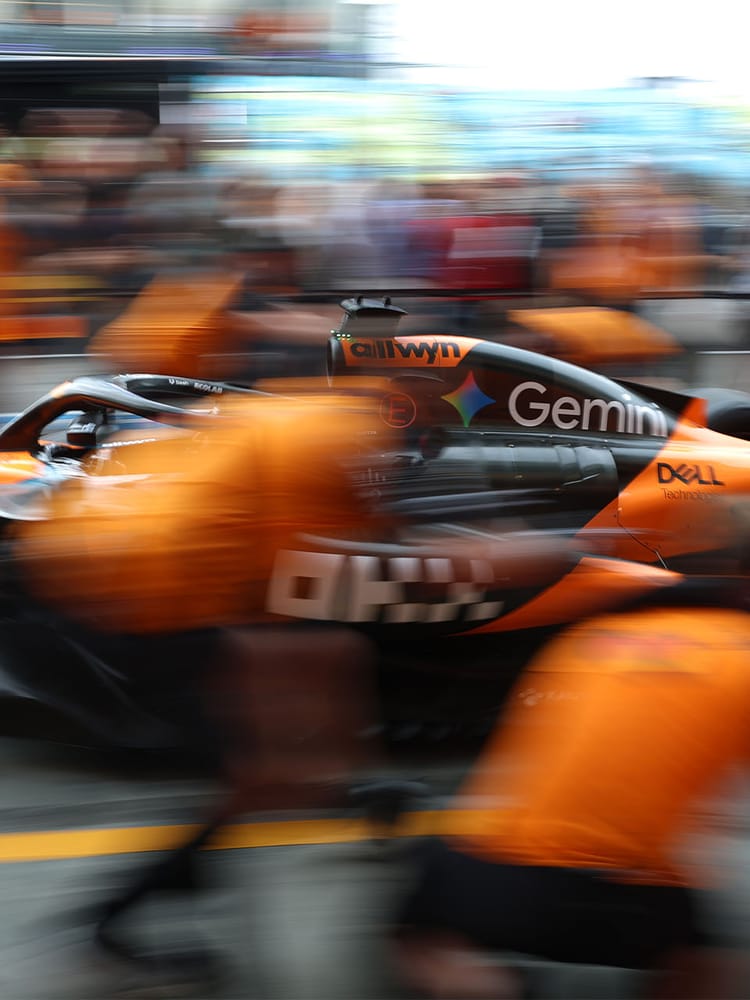
Find your competitive edge with Google Cloud
Like we did in Austin last weekend, we have a compound bridge. Is that likely to impact the race?
The Hard tyre in Mexico might not be great, but it will potentially be important for the race as a key part of the quickest strategy. Having said that, we had similar thoughts at COTA, and our opinion changed only when the cars that started on the Hard were really struggling.
So, here, it’s a process of discovery. We have to find out what the Hard is like. Last year, we struggled with graining on the Softer tyres, but had no graining on the harder compound and were suddenly incredibly fast. I think we have to be open-minded: on paper we know what’s the fastest way to the flag, second fastest and so on – but we take it with a pinch of salt until we run on the track.
McLaren Racing leverages Google Cloud AI to gain a competitive edge by visualising race data to provide real-time insights, and creating efficiencies across processes and resources.
Recent articles
All articles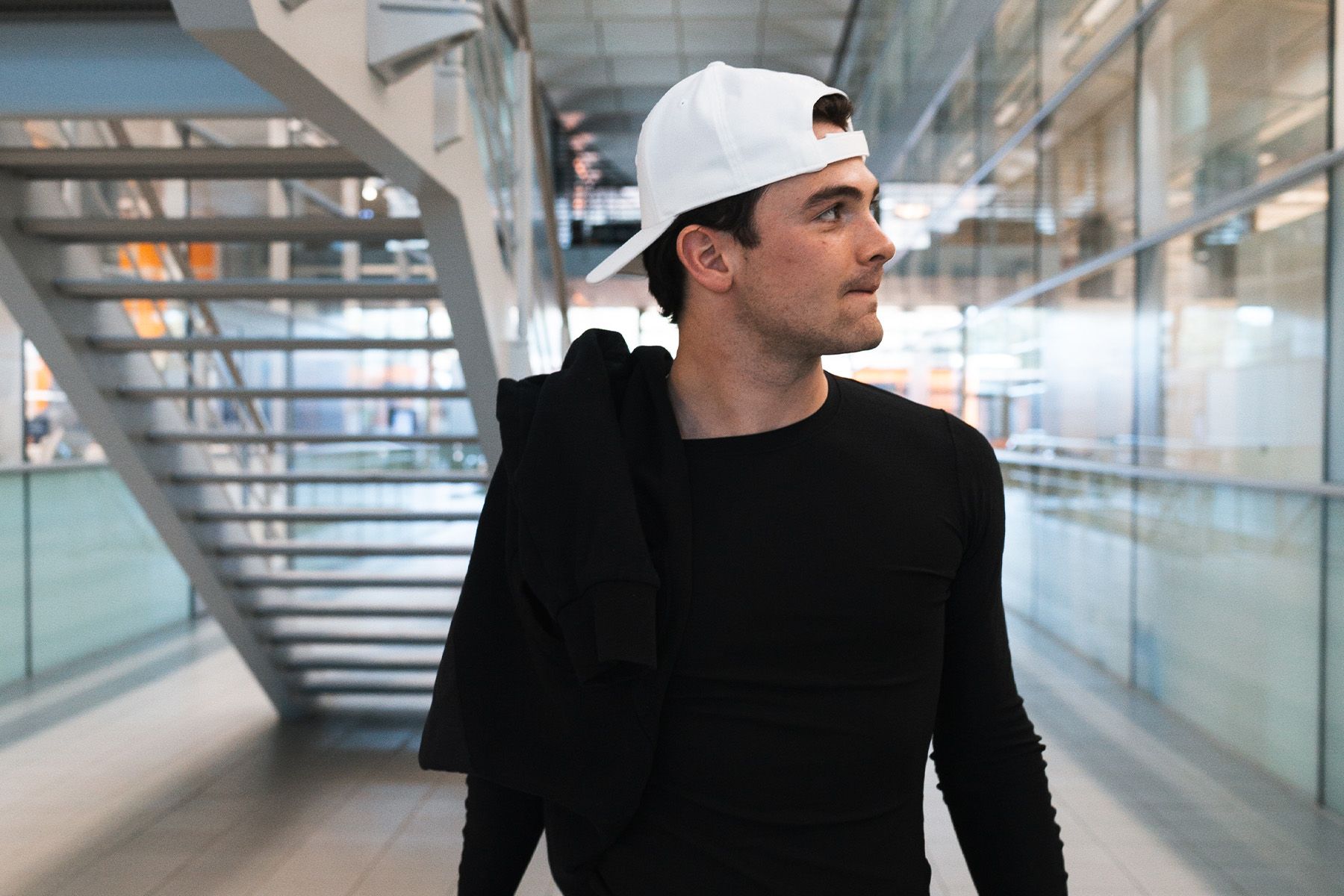
Life between two paddocks: After a career-best INDYCAR season, Pato is ready to step back into McLaren’s F1 fold
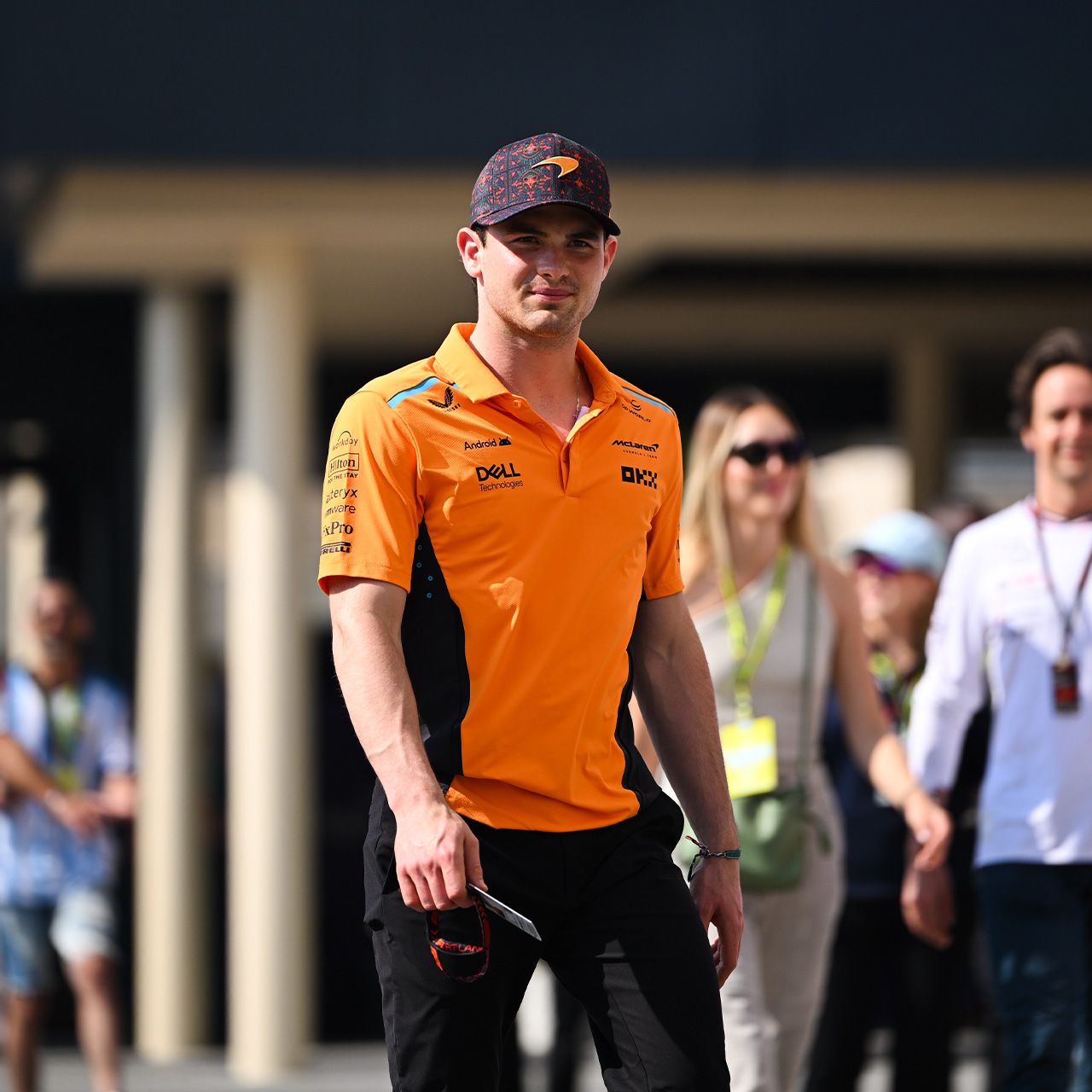
Pato O’Ward to drive in Free Practice 1 at 2025 Mexico City Grand Prix
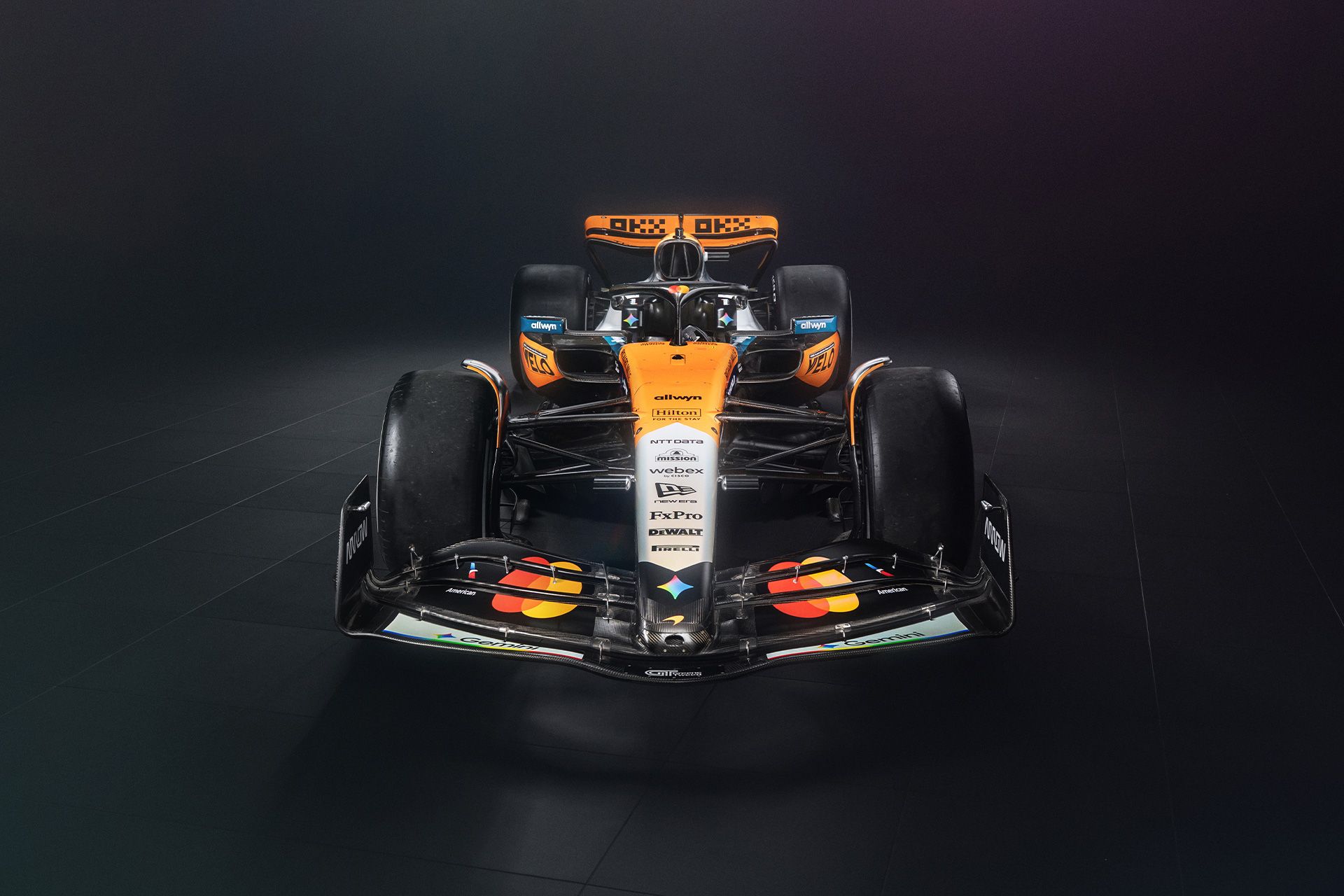
McLaren unveils Google Gemini livery enhancement

Preview: The 2025 Mexico City Grand Prix – presented by OKX
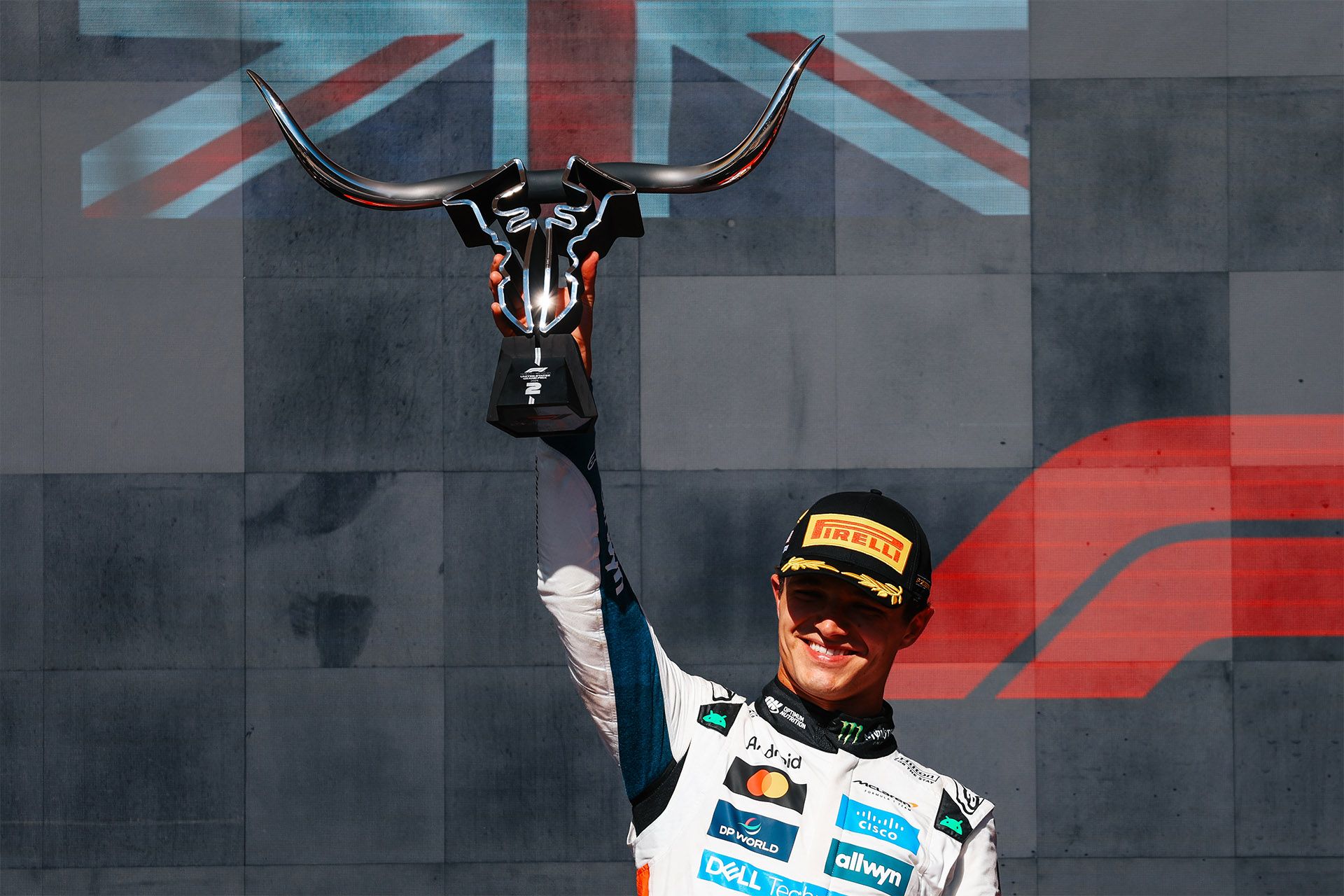
025 United States Grand Prix – McLaren Race Report
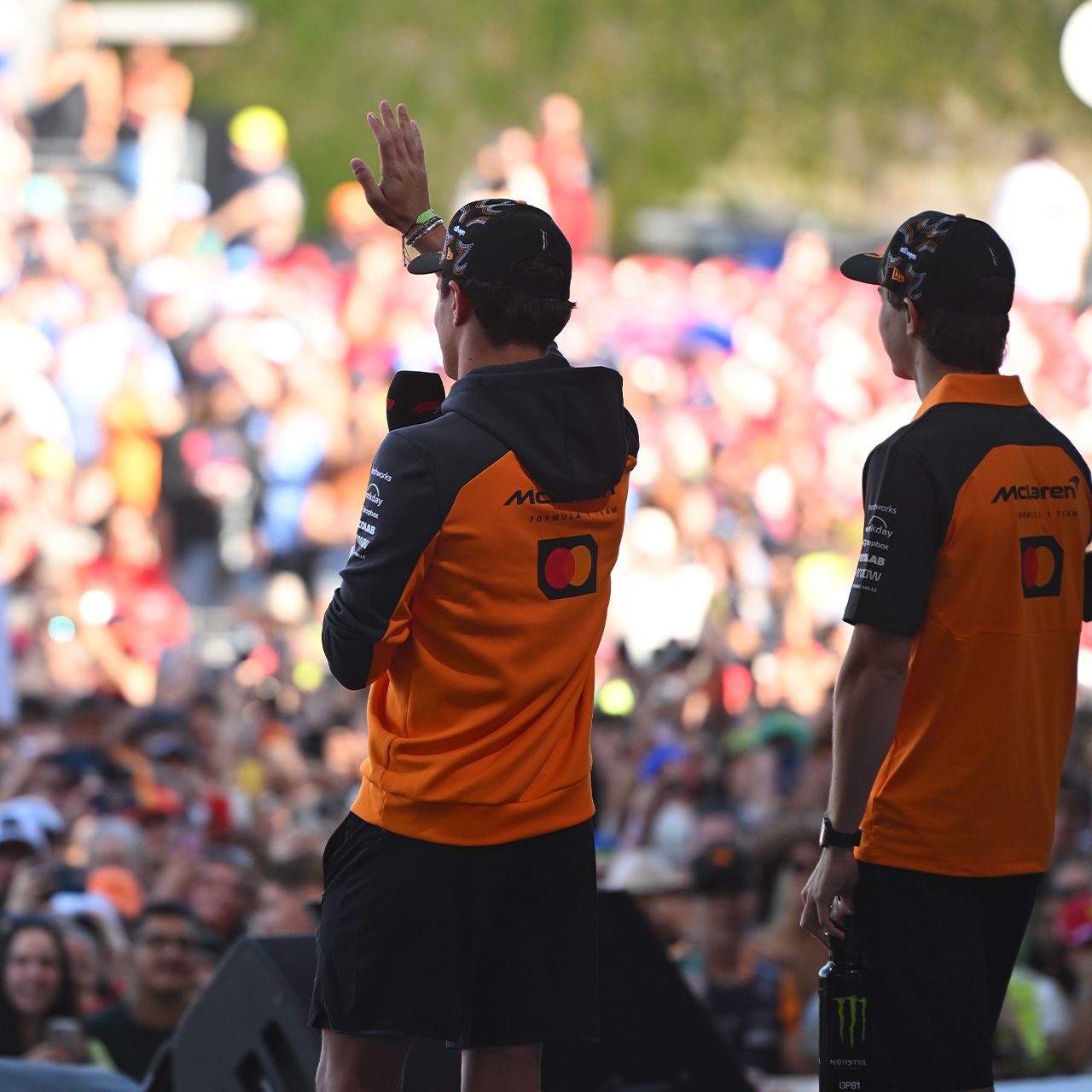
The best moments from the United States Grand Prix
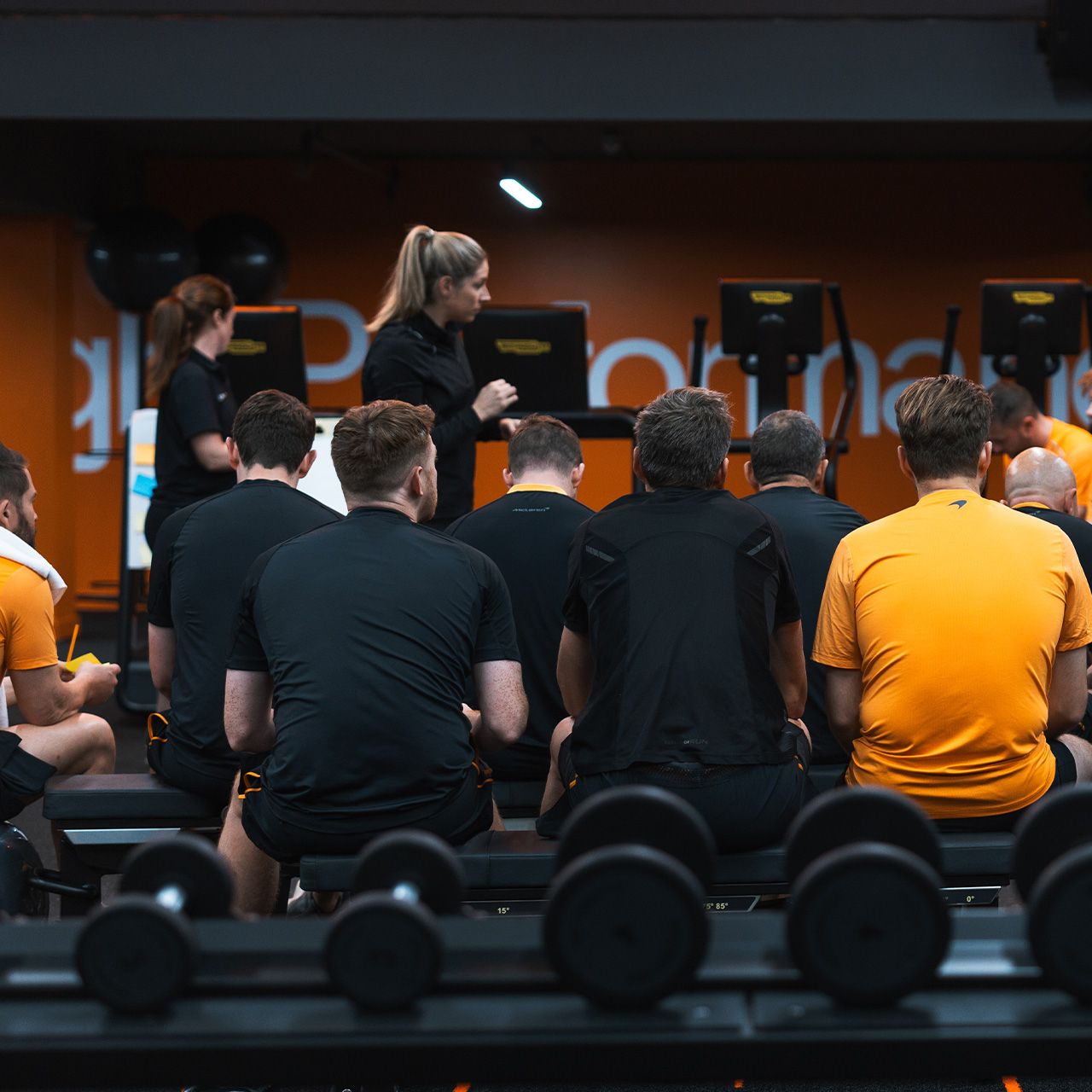
How to train like the McLaren Formula 1 Team – presented by Technogym
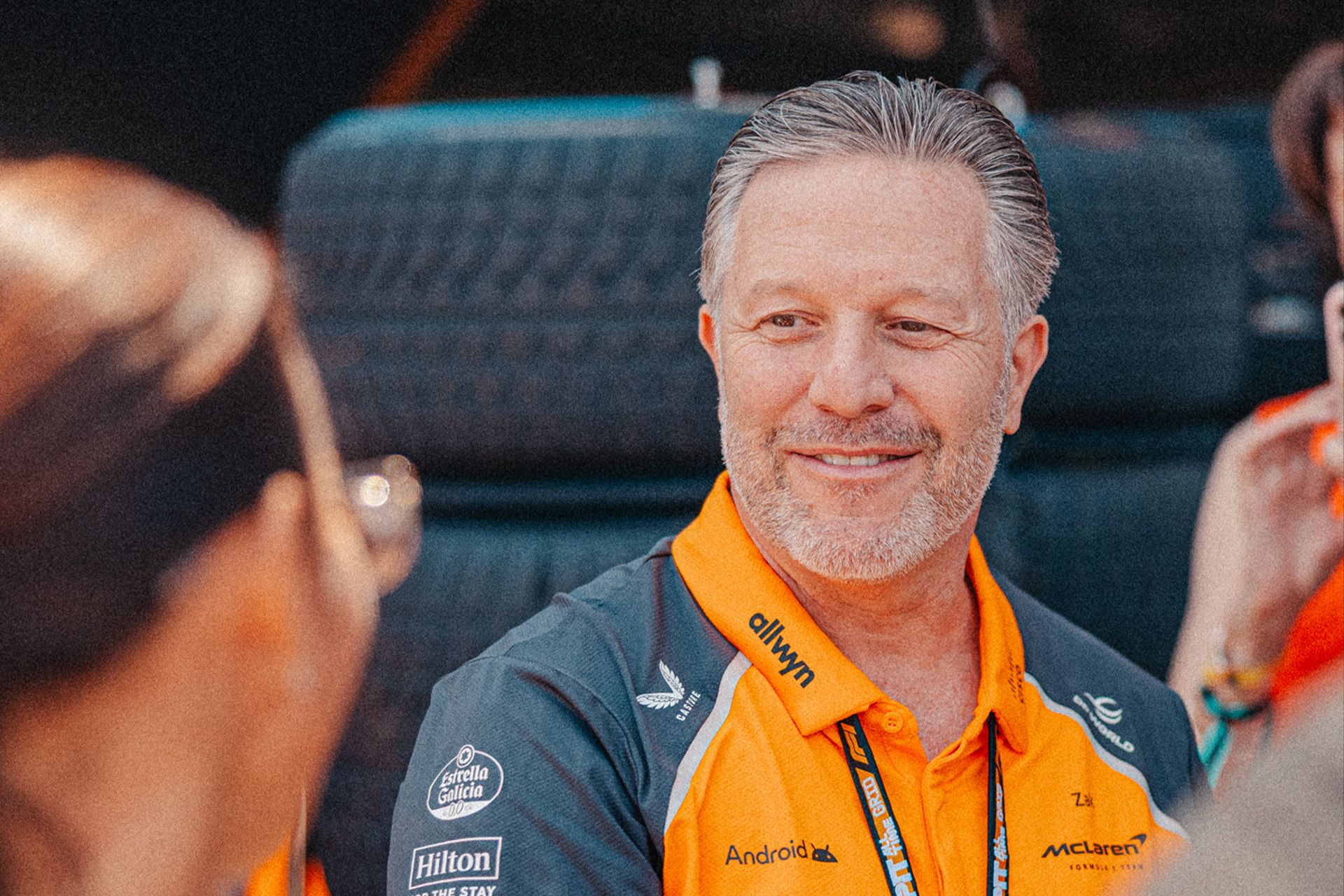
Exclusive: CEO Zak Brown on winning back-to-back titles
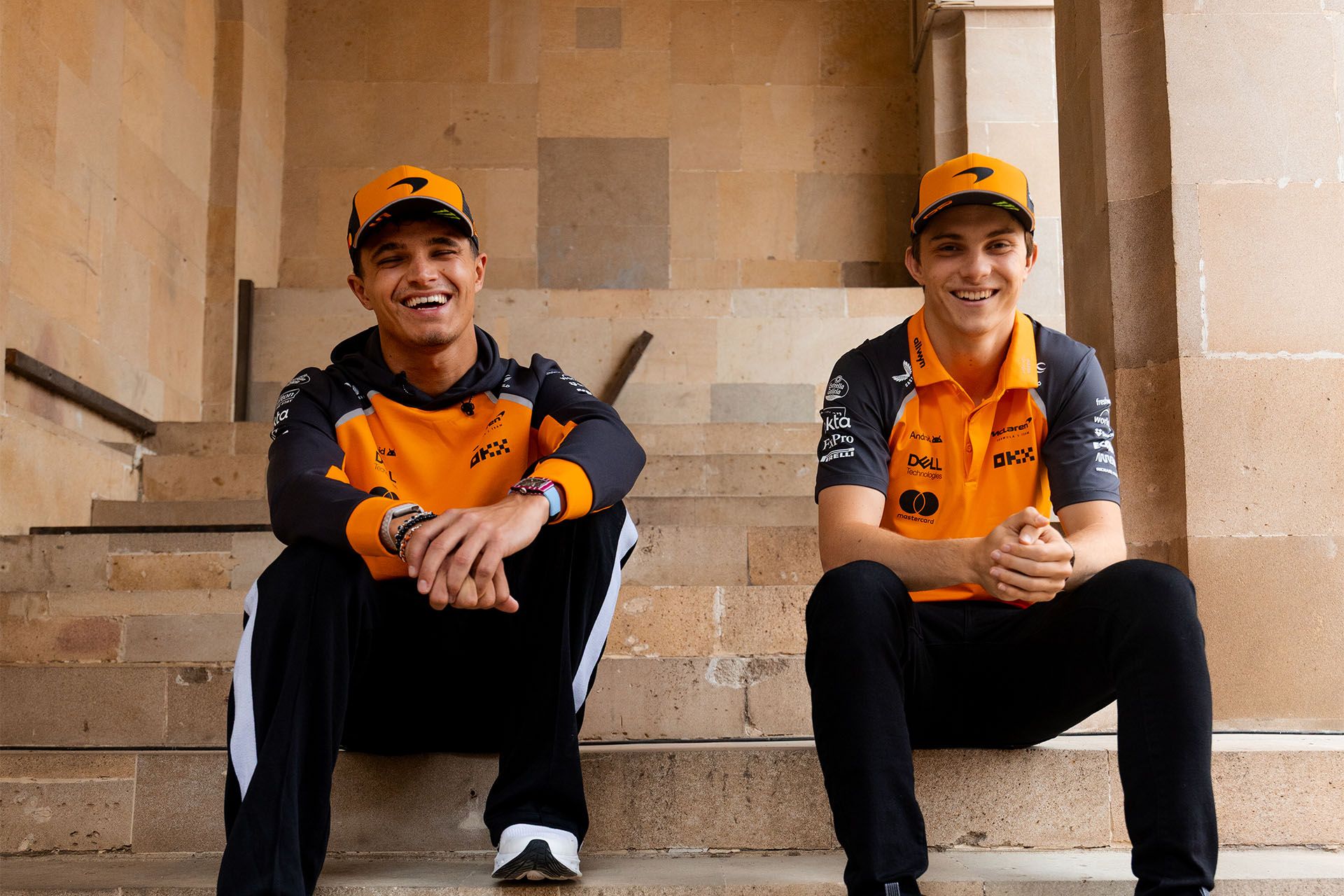
Another seven F1 questions you’ve been afraid to ask
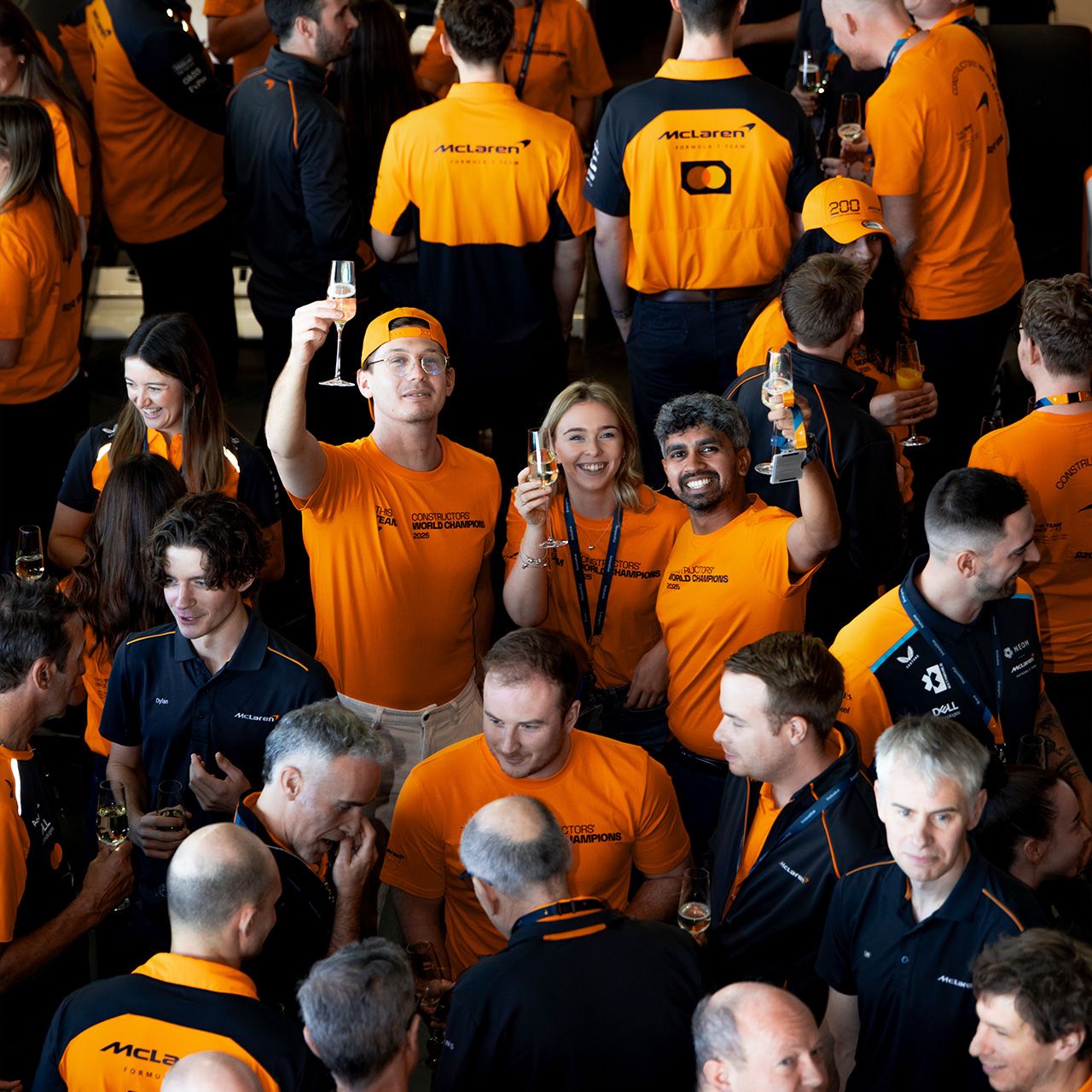
QUIZ: McLaren's 2025 Constructors' Championship win
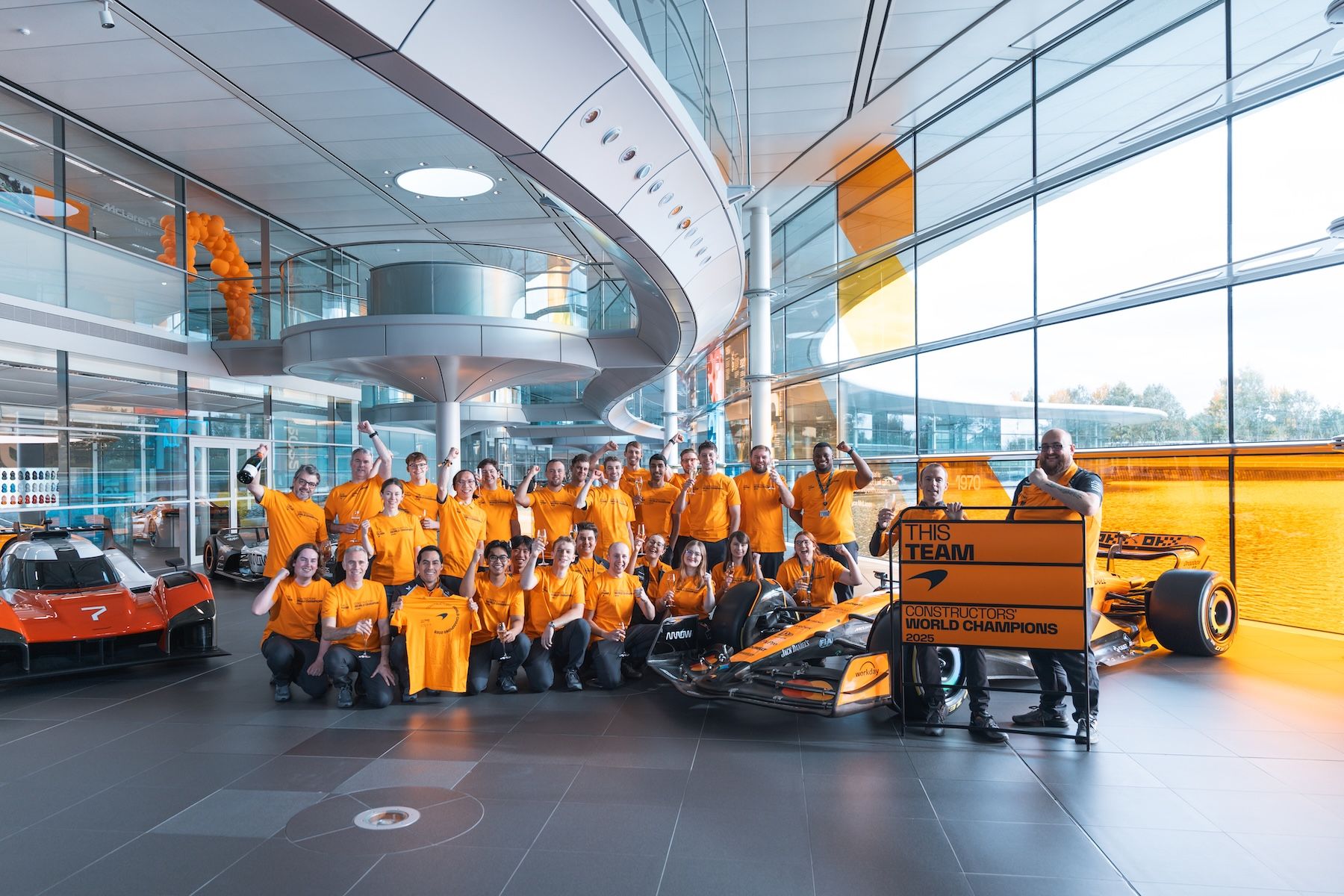
The numbers behind McLaren’s 2025 Constructors’ Championship win
